12 Ways to Improve Your Ranking Using Semantic SEO
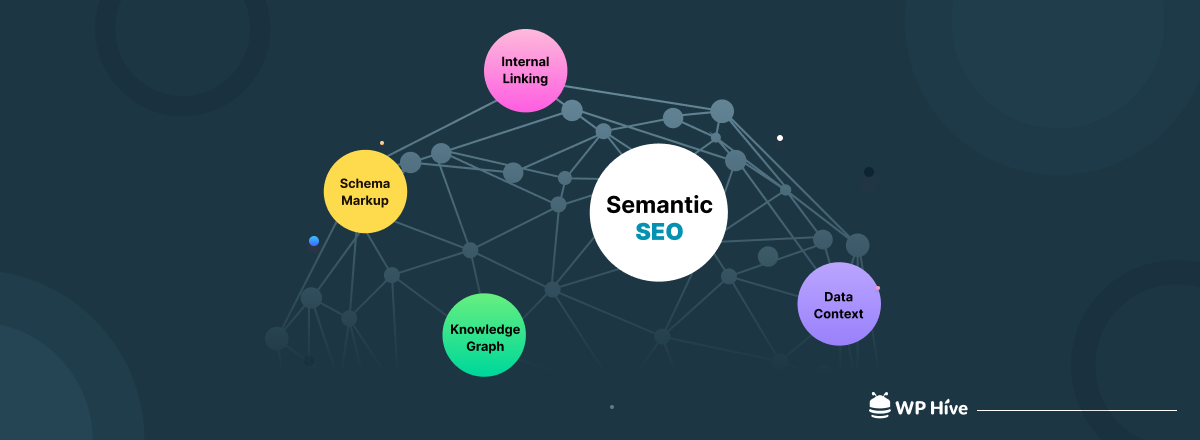
It’s a common misconception that SEO is about keywords. It was, but not anymore. Modern-day SEO is about understanding the topic and then helping your visitors by providing actually useful content.
Semantic SEO has a big part to play in this process. It’s how you can make sure that your content is relevant in search engines so that they will give it more weight than spammy keywords or gibberish.
Search engines like Google have made Semantic SEO a big part of how they judge a piece of content or website as a whole.
So what is it all about and why does this matter so much to search engines, especially Google? Today we’ll answer all these questions. More importantly, we’ll share some of the best ways of improving your ranking, using Semantic SEO. Let’s get started!
Semantic SEO – What is It All About?
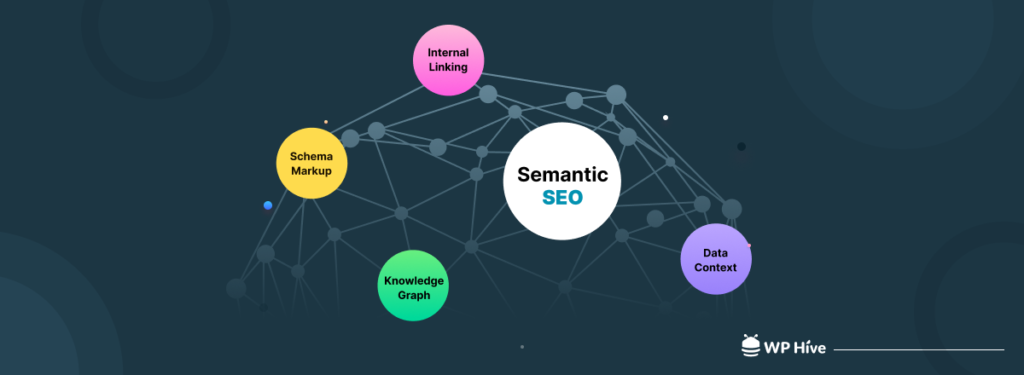
Semantic SEO is a search engine optimization process that focuses on building the topical authority of a website on a subject. This helps search engines to understand the niche/subject of your website so that they can provide users with the most relevant results.
Let’s give you an example –
If you have a website about football, your web page should contain information related to football as well as other related topics like players, teams, stadiums, etc.
Rather than trying to fit in as many keywords as possible in a paragraph, focus on what the overall content is about and how it can benefit the audience. “The more useful and relevant information you include, the higher the chances of Google favoring your page,” says Donald Chan, founder of Web Agency Wise.
This will show the search engines that you are an expert on this subject, and help them to choose your content over others when it comes to ranking on your chosen topic.
Why Does Semantic SEO Matter to Google?
Once upon a time, Google used to rank websites by only keywords. We would see loads of keyword stuffing on a page. At that time, you could write on your website about a lot of completely different topics and they would still rank, as long as you would just do keyword research.
But then everything changed in September of 2013.
A major Google search algorithm update was released. Google named it Hummingbird, and it was the most critical update after 2001.
Sure enough, it changed how content creators write on the internet. From then on, you couldn’t just optimize a webpage for keyword and rank.
Semantic SEO has since become an important part of any SEO strategy. Building authority on a subject is now almost a necessity to rank on a topic. Google judges the topical authority by understanding what the content and the overall website are about.
Apart from Hummingbird, several following updates improving Knowledge Graph and RankBrain, Google is now capable of understanding what your website is about. Thus the use of Semantic SEO is more important than ever before if you want to rank higher on Google.
The Top Ways to Improve Your Ranking using Semantic SEO

Now you know what Semantic SEO is all about and the importance of this approach for ranking higher.
This is the right time to show you what you can do in order to improve your ranking using Semantic SEO.
1. Create Topic Clusters
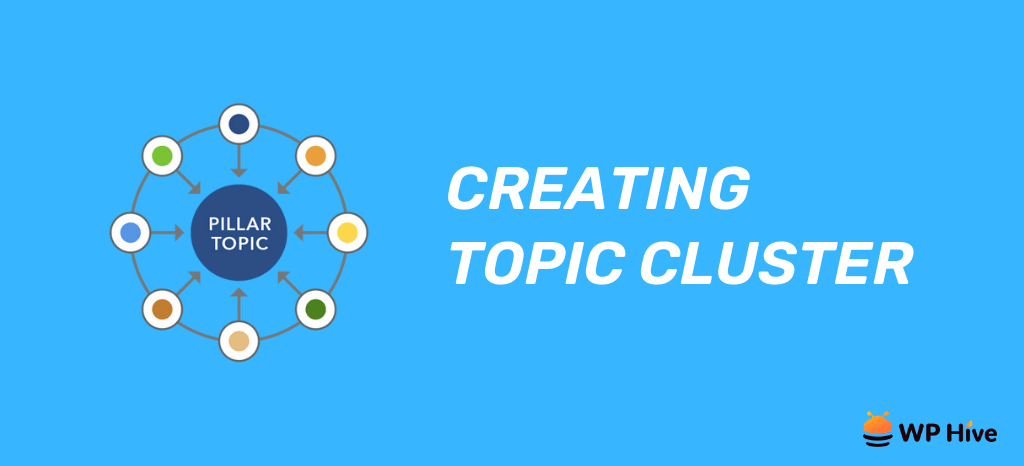
The importance of topic clusters in semantic search is immense. A topic cluster is a hierarchy of topics on your chosen niche, a content plan that you can follow afterward.
To put it another way, the topic cluster is a way to group your content into meaningful categories. This helps you create more cohesive pages that are easier to navigate, search for and find relevant information.
When you write content following a topic cluster, and all your contents are related to each other in one way or another, Google will be able to understand your content better. And normally, this will also help you rank better.
Topic cluster is also very important because it helps you organize your content in a way that makes it easier for users to find what they want, which improves conversion rates and overall customer satisfaction.
2. Develop In-Depth Topic Outlines
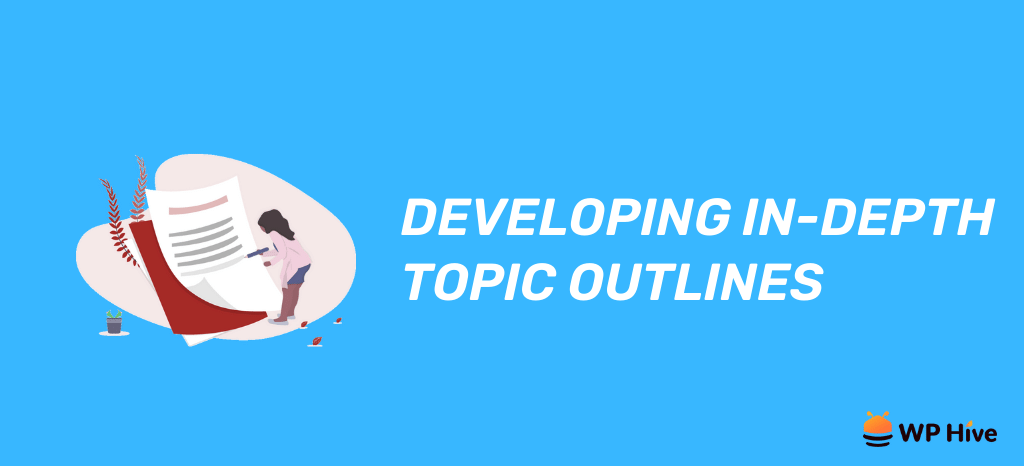
The first question that comes to mind is:
Why do you need to develop in-depth topic outlines for semantic SEO?
The answer is simple: Creating an in-depth topic outline before you start writing the content gives you a better understanding of what the audience wants to know.
This will allow you to create more engaging and focused content that isn’t just some words focusing on a keyword, but rather a cohesive piece of work focused on getting in-depth on a topic.
When you create an in-depth topic outline, you’re essentially creating the basic structure of the content that you want to create. This not only results in better user engagement but also gives search engines as much information about the content as needed.
Thus search engines can understand what your content really is about and rank it as deserved.
3. Target the Topic Instead of Keywords while Writing Content
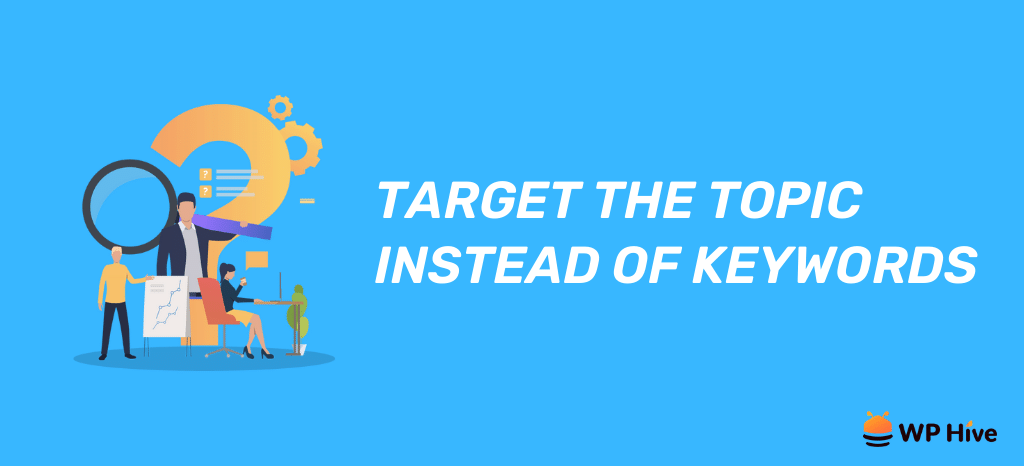
When you’re writing content, the topic is what you’re talking about. The topic is the thing you want your readers to know about. It’s the thing you want them to be thinking about when they’re done reading your post or visiting your site.
It is also as important for search engines. The keywords used to be what Google and other search engines looked for when someone typed in a query. But nowadays, search engines can understand the topic you’re wringing about.
Thus, targeting the topic instead of the keyword is equally important for search engines as well.
So the final takeaway is, that if you focus too much on keywords and don’t write posts that are interesting enough to be read by people, then those keywords will be wasted on the search engines as well.
4. Understand User Intent
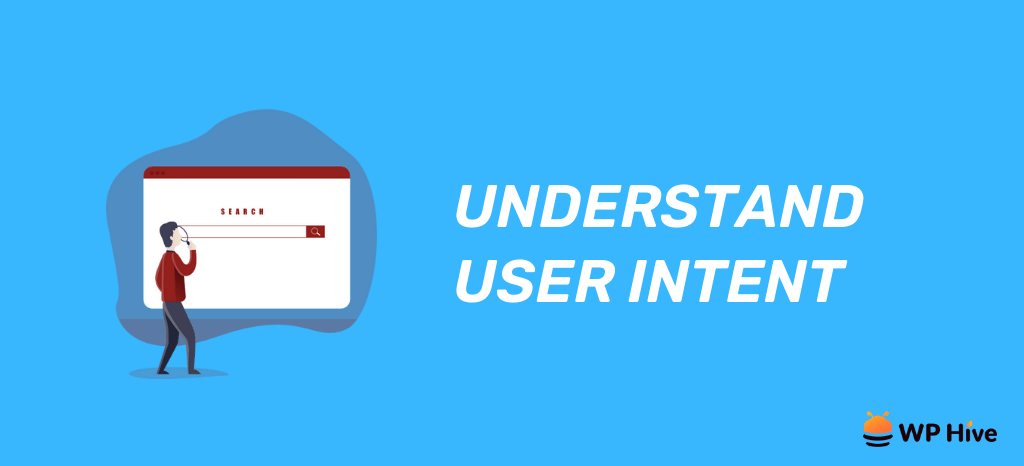
User intent is an important concept for semantic search engine optimization. It refers to what a user is trying to know when he/she enters a search query into a search engine.
Understanding user intent is critical for semantic SEO because it allows you to make more informed decisions about your content and keyword research.
The first step in understanding user intent is determining what keywords people are actually typing into the search box. This can be done through keyword analysis or by looking at the results from Google Trends and other tools that track search volume over time.
Once you have a good idea of what people are searching for, you can put it into one of the below categories based on relevancy –
- Informational
- Transactional
- Navigational
And then you can easily determine what is the exact user intent for that keyword.
5. Start Using Synonyms & Related Terms on Content
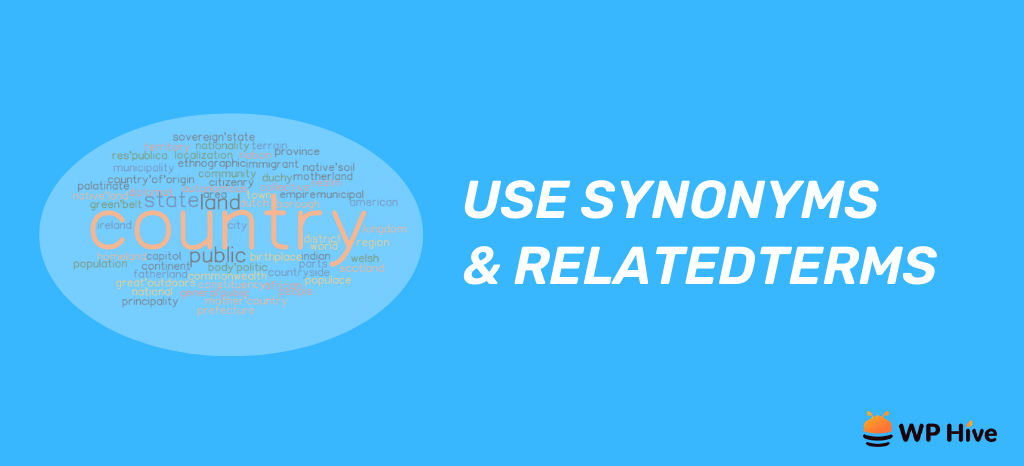
The importance of using synonyms and related terms in content for SEO is that it omits the repeated usage of a keyword.
Overusing the same keyword phrase in a post or page is not recommended. As Google and other search engines now understand the synonyms as well, whether you are writing “social media profile”, or “social channels”, it will know that both are the same.
Also, you should try including related terms to further boost your chance to rank. For example, if writing about “how to use social media for business“, try including “Facebook”, or “Twitter” somewhere. This will help Google understand that this article is about social media marketing and not just about a general topic.
6. Answer the PAA Questions
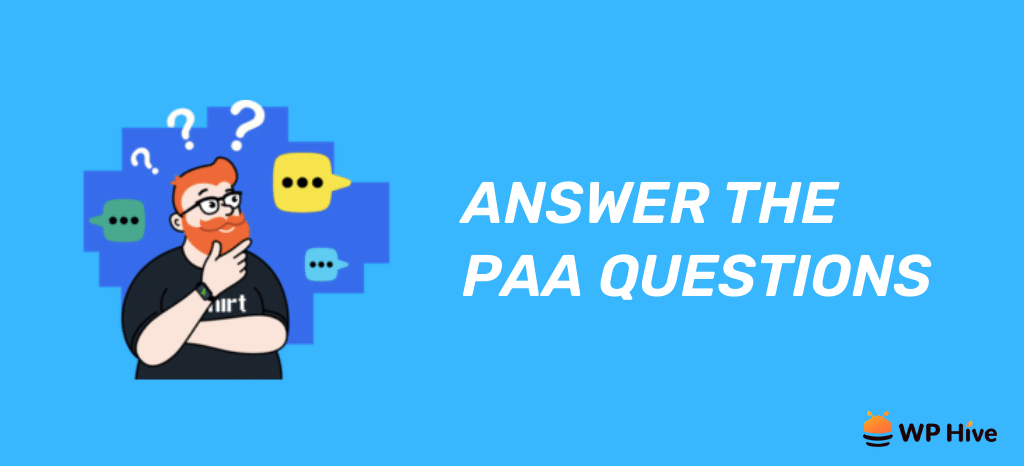
Google is a question-answering engine and it uses a variety of ways to determine whether or not you’ve answered the questions in your content.
PAA or “People Also Ask” is just another way for Google to help people get the answers to their questions.
As you know Semantic SEO revolves around what people want to know and if you’re providing that or not. In that sense, PAA is a great opportunity for you as a writer.
Google PAA consists of the most common things people want on a topic, and it is highly recommended to include the answer in your content to make it more informational and relevant.
You can include the answers to PAA Questions both directly in the FAQ section or inside your content somewhere.
7. Develop Internal Linking of Your Pages
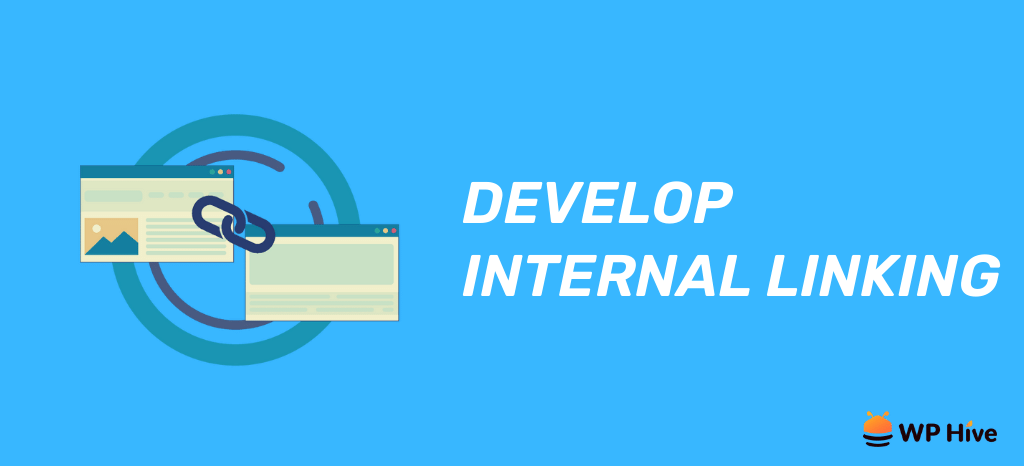
Internal links are links within the same site (like linking from one page to another within the same site). There are two major reasons internal linking is very important for your website.
Number one is that it is one of the primary steps you can take toward the Semantic SEO approach. Internal links show search engines that your content is related to each other. It also helps search engines crawl your website better.
Another reason is that it is important for your website visitors as well. They are meant to help users navigate around your site and make their experience easier while they are using it.
8. Make Your Anchor Text Contextual
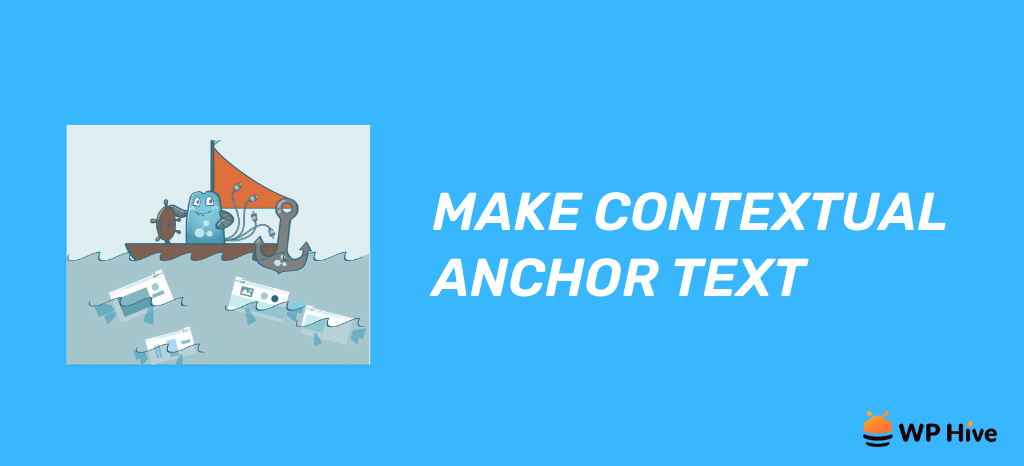
Contextual anchor text is a way to help search engines understand the relevance of the page you are linking to. The more relevant your anchor text, the better.
The reason why contextual anchors are so important for SEO is that they provide search engines with additional information about the actual content on your page as well.
For example, if you’re linking to an article about getting married, but the article is about “how to plan your wedding” and what wedding etiquette is, then using “wedding” as an anchor text would be relevant because it helps searchers understand what they should expect when they click on that link.
However, if you link to an article about how to get married, and use “know more here” as an anchor text, this would not be very helpful information because it doesn’t tell your visitor anything specific about the actual content on your site.
9. Use Structured Data for Adding Meaning to Content
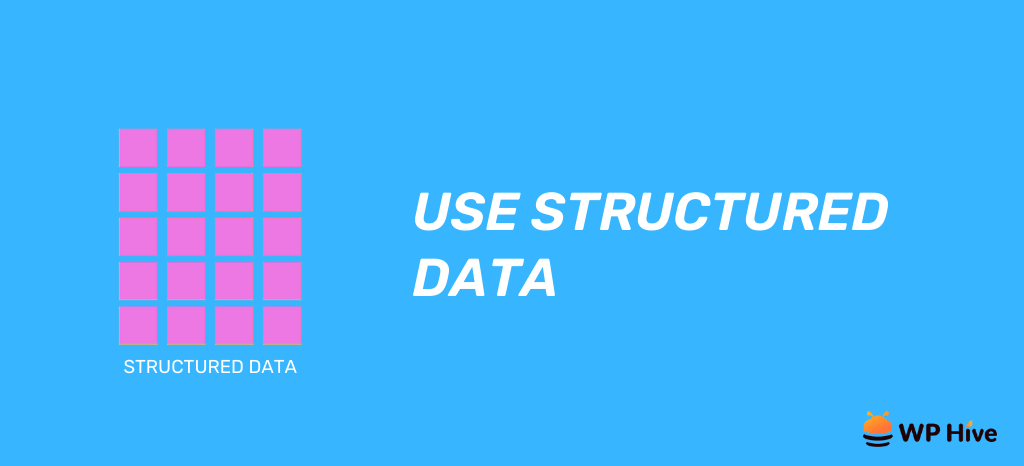
Structured data is an important form of content that helps in ranking on search engines. It is a set of metadata that can be used to describe the product and its characteristics.
Structured data helps search engines more accurately provide results to match a user’s question.
It provides a standardized way to share information about a piece of content so that search engines can understand it and present it in specific ways—for example, try searching on Google using the term “world’s richest persons” and see how the results come out.
Adding structured data to your website can improve your site’s relevance for certain types of searches and make it easier for search engine crawlers to index your site. It can also help search engines more quickly find new content after you’ve published it.
The use of structured data was started in 2011 after top search engines co-operatively created Schema.org to standardize it. For several years now and it has been used by many websites, brands, and companies to improve their SEO performance.
Adding structured data to your website will help you build a strong foundation for future growth.
10. Take Assistance from Content Optimisation Tools
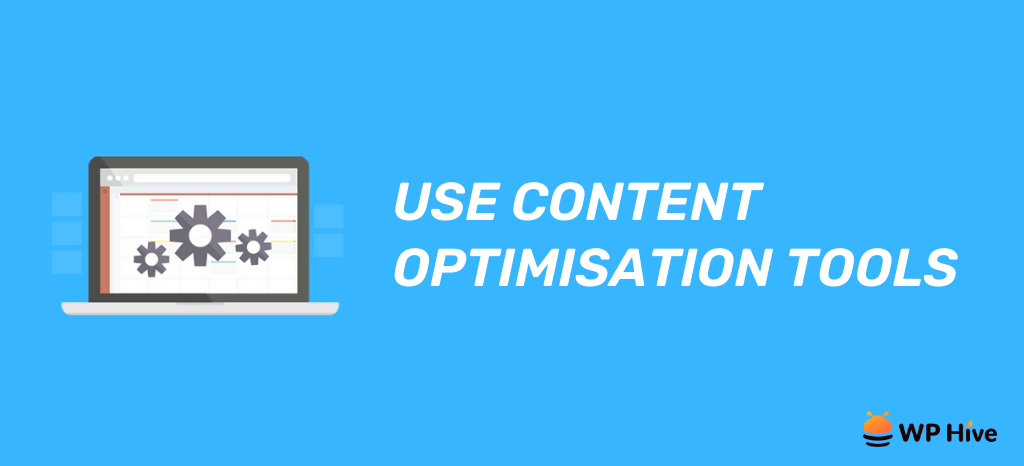
Content Optimizer tools can reduce a lot of your work in the Semantic SEO approach.
They can help you build topic clusters, find related terms & keywords, user questions & pain points, and provide other content improvement suggestions.
Important content optimization tools include –
- Screaming Frog
- Neural Text
- Surfer SEO
- AnswerThePublic
- Hemingway App
- Frase.io, InLinks, or MarketMuse
- Yoast or Rank Math SEO Plugin
Also, you can get insightful data from
- Google Analytics
- Google Search Console
- Google Trends
These tools combined can help you make better decisions and build your topic authority on a subject.
11. Modify Your Content Based on User Interaction Signals
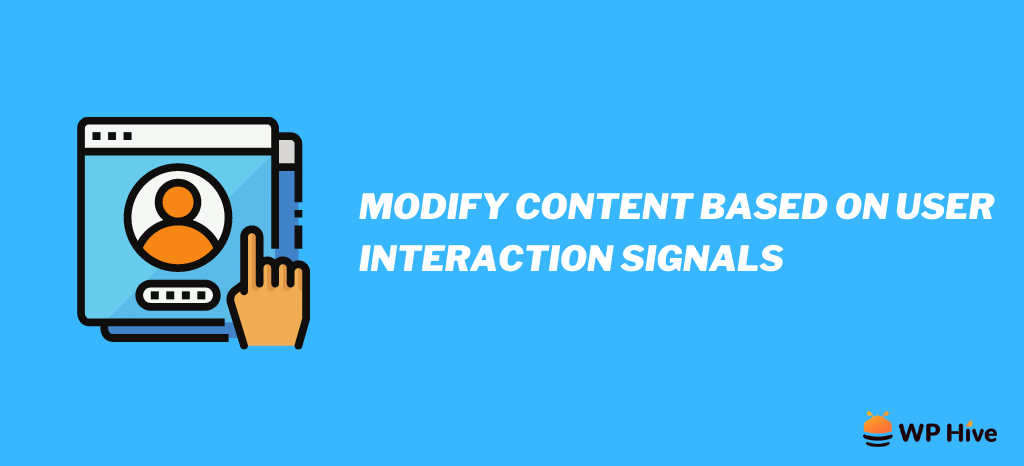
Publishing content does not end your journey. You need to track if the users are liking it or not. But how do you know that? Using User Interaction Signals.
User Interaction Signals are signals a visitor sends to search engines based on their positive interactions with a website.
User interaction signals include –
- Time on site,
- Bounce rate,
- CTR (click-through-rate),
- Return-to-SERP rate.
These data can be attained from Google Analytics, Search Console, and with the use of Google Tag Manager. If you see your User Interaction Signals are heading in the negative direction, then it’s time to work on it again.
Below are things you can do to make your user interaction signals positive.
- Optimization of content,
- Improvement of meta descriptions,
- Optimization of loading times and technology,
- Mobile optimization
By implementing the above, you’ll certainly be able to improve user interaction.
12. Adapt to All Algorithm Updates from Google
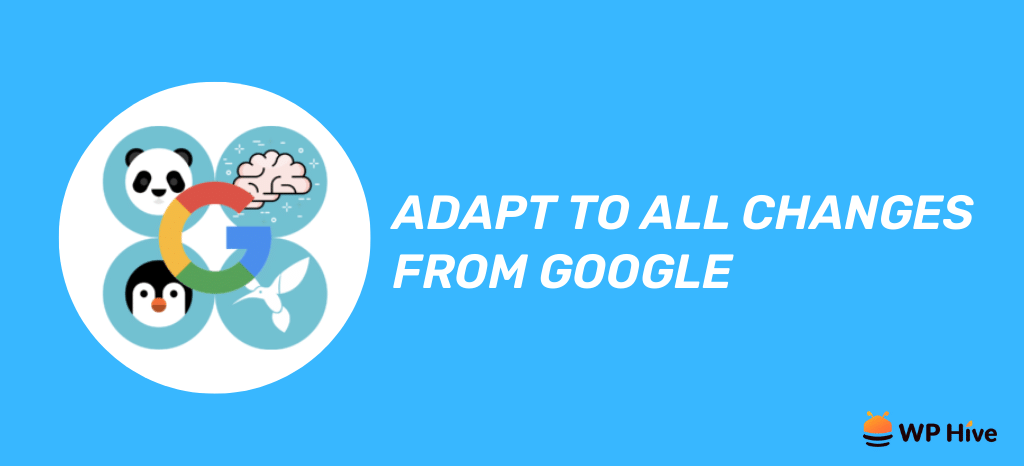
The Google algorithm updates are more frequent than ever. The search engine giant has been releasing updates to the core algorithm on a regular basis, which means that it is imperative for everyone to keep up with these changes and adapt as soon as possible.
The reason why you need to adapt so quickly to these changes is because of the fact that it could be the only way for you to stay ahead of their competition.
If you want to stay ahead of your competitors and make sure that you get the most out of your Semantic SEO campaign, then you will need to make sure that you are always adapting to any new changes from Google SEO Algorithm.
Related- Ecommerce SEO: The Ultimate Guide for Startups
Frequently Asked Questions About Semantic SEO
What is semantic search?
Semantic search is the way search engines determine the best possible SERP results according to the user’s query. They craft this result based on the user intent, context, and keyword.
What is semantic SEO structure?
Semantic SEO structure is a content structure that focuses on topical depth and relational relevance.
What is a semantic keyword?
Semantic keywords are keywords that are related to each other in terms of relevancy.
What is a semantic search example?
Semantic search is a way for search engines to understand natural language and show accordingly. For example: if you search for Bill Gates, Google will show you not just his website or content but also show you a knowledge graph with all the basic information about him that you might want to know.
Why is semantic SEO important?
Semantic SEO is important because it makes sure the content of a website is user-friendly instead of just keyword stuffing to rank on Google.
Does Google use semantic search?
Yes, Google and other search engines do use semantic search for finding the topical relevance of content.
How has semantic search changed SEO?
Semantic search has been a revolutionary change for web content and SEO. It made SEO easier for those who truly add value for users and eliminated the chance to rank with keyword stuffing like before.
Make Your Site Future-proof with Semantic SEO
Google has made a lot of changes over the last years on how it crawls and indexes web pages and information, which means it’s more important than ever for your site to be on point.
By taking a Semantic SEO approach, you can improve your ranking and keep your site ahead of the competition.
Semantic SEO is the art of crafting your content in such a way that it’s as easy to read and understand as possible. Your content needs to be topic-specific, informational, and user-friendly. And this is what Google and other search engines are looking for in content.
In this article, we have shared the most effective tips that can help you embrace Semantic SEO. We hope they will help make your site future-proof and boost your site on SERPs.
If you want to get more such helpful and informational guides, don’t forget to like our WP Hive Facebook Page and WP Hive Twitter Channel. You can also subscribe to our newsletter to get useful content right into your inbox.
Disclosure: WP Hive earns a commission when you buy through partner links. It does not influence the unbiased opinions of our writers. Learn more →
https://wphive.com/seo/improve-your-ranking-using-semantic-seo-content/
Faisal Sarker
Faisal is a tech blogger who excels at WordPress Content Writing. Apart from sharing useful info pieces that help people around the world, he also likes to travel and read books of all genres in his leisure time.



